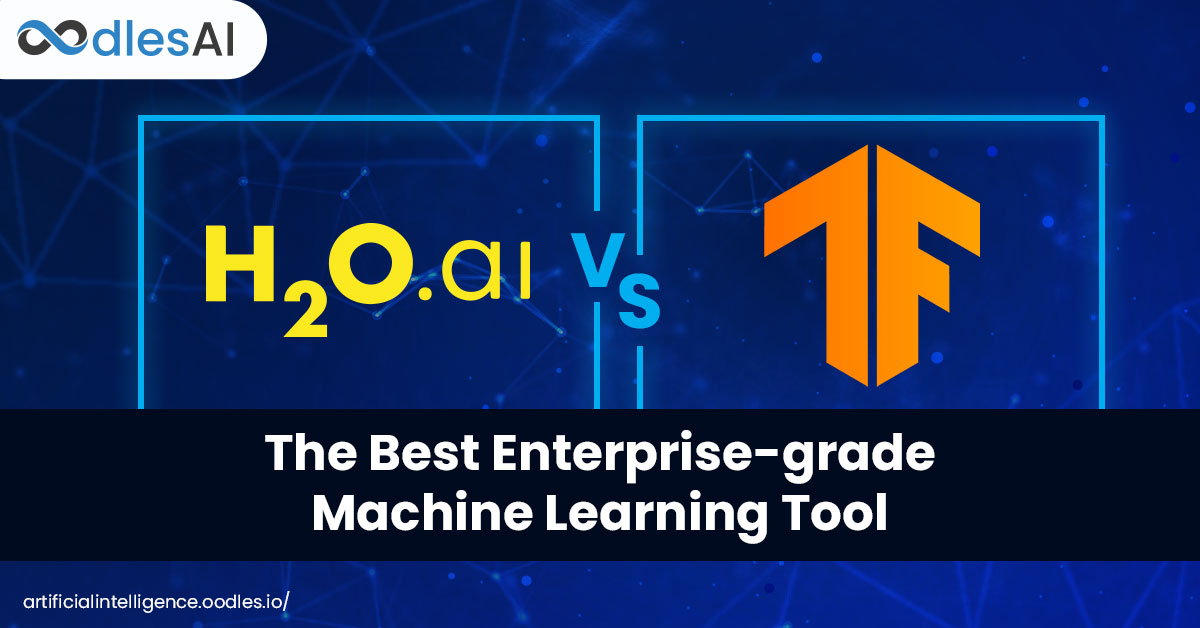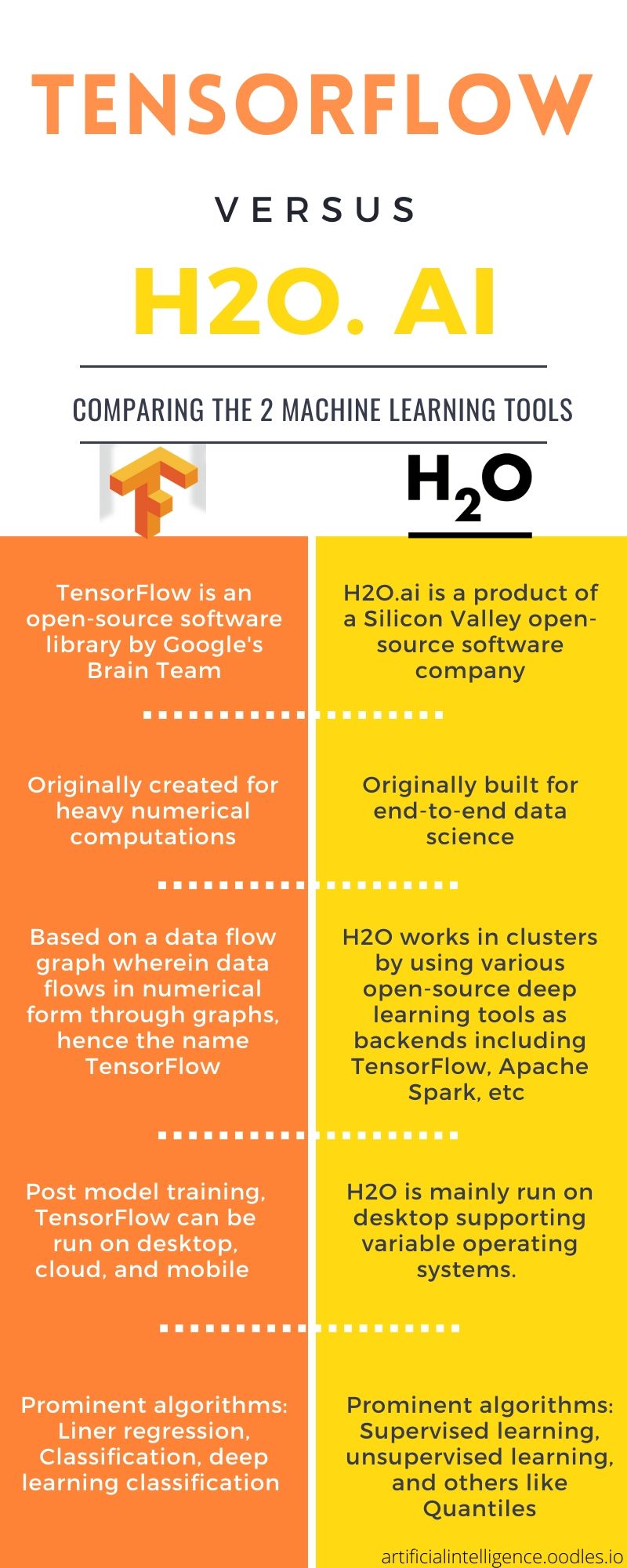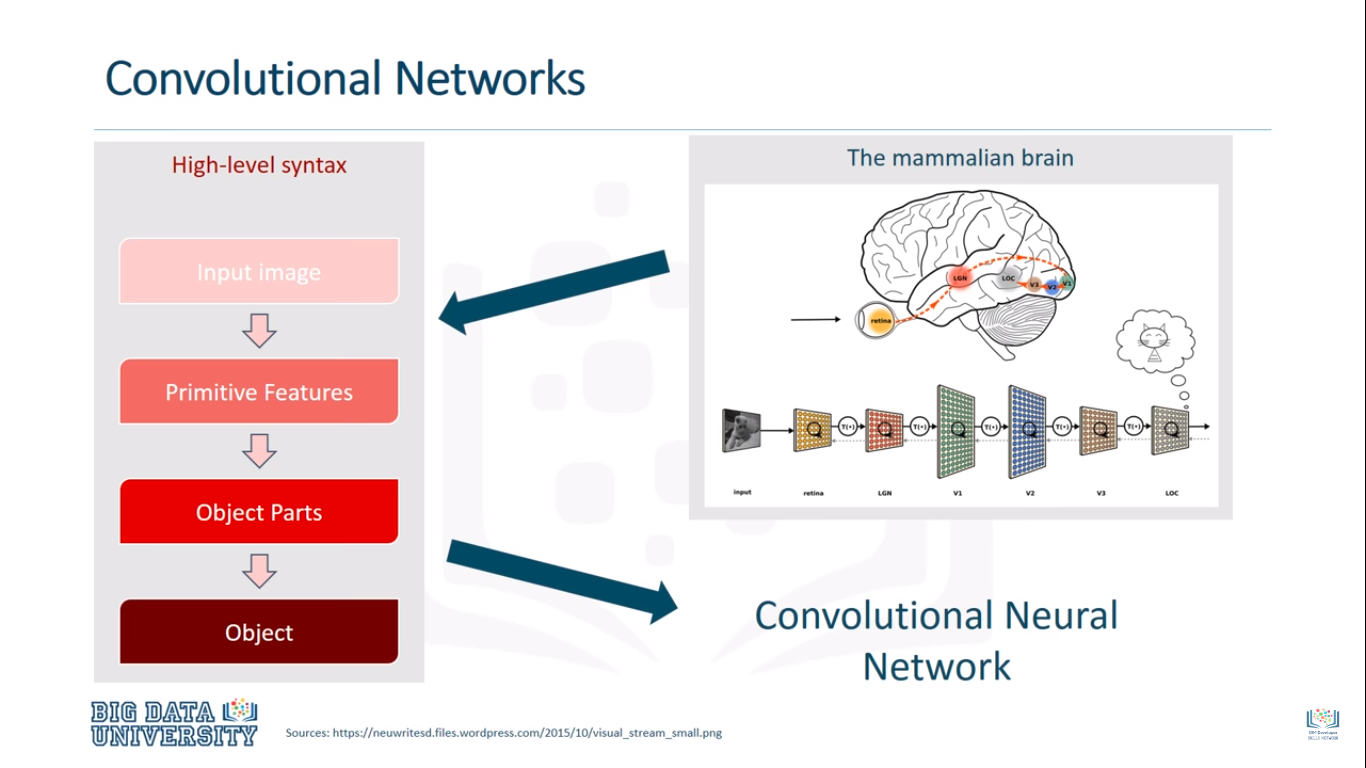TensorFlow Vs H2O: The Best Enterprise-grade Machine Learning Tool
Sanam Malhotra | 22nd April 2020

The pathway to combat business challenges using next-gen technologies is often laden with strategic hurdles. Today, the battle for building ideal AI applications has brought us to explore two emerging machine learning frameworks, namely TensorFlow and H2O.ai. While the former is renowned for its high computational power, the latter is empowering Fortune 500 companies to expedite deep learning. As a leading provider of TensorFlow development services, Oodles AI evaluates the comparison of TensorFlow Vs H2O for building enterprise-grade applications.
TensorFlow Vs H2O: A Brief Introduction
TensorFlow and H2O are both open-source machine learning frameworks, however, each of them encapsulates variable features and functions. While TensorFlow is a computational engine that facilitates the implementation of machine learning, H2O is mostly used for running predefined machine learning models. Simply put, TensorFlow is the brain behind any machine learning model while H2O ensures the model’s scalability by infusing advanced algorithms.
Below is a comprehensive infographic to understand the core foundations of TensorFlow and H2O.ai.

Before jumping on their respective applications, it is important to understand that both platforms power deep learning projects with distinct objectives. TensorFlow constitutes a C/C++ backend and uses Python for front-end APIs for developing ML applications. On the other hand, H2O’s core code is written in Java and offers REST APIs for accessing its capabilities. Therefore, for avid developers, TensorFlow is analogous to Numpy whereas H2O is quite similar to Scikit-learn stacked on JVM (Java Virtual Machine).
Deep Learning Capabilities of TensorFlow
Building deep learning models with TensorFlow is complemented with in-built tools for assembling, structuring, and controlling neural networks. Considering the high-computational capacities of TensorFlow, it is best suited for GPUs to train models. However, it is a cross-platform program that is equally capable of channelizing data by drawing power from CPUs and mobile devices. TensorFlow offers a comprehensive library with different activation functions. By using TensorFlow’s library and algorithms, developers can build-
a) Convolutional Neural Networks for image and video processing
b) Recurrent Neural Networks for sentence prediction and speech recognition

Lectures from Big Data University visualizes how CNNs work inside TensorFlow
With the support of both Python and C++ APIs, TensorFlow brings several advantages to the development of machine learning applications. Below are some highly efficient TensorFlow applications that can be easily integrated and deployed across business models to automate specific tasks.
AI Applications with TensorFlow
Image Classification and Object Detection
The proliferation of visual data across enterprises, industries, and the digital landscape has globalized image and video processing applications. TensorFlow reinforces the development of large-scale deep learning models including image classification and object detection for diverse use cases.
Image classification with TensorFlow begins with model training through domain-specific images. For instance, Airbnb employed the platform for the classification of room types in the listing photos to optimize the user experience. Also, TensorFlow’s Object Detection API enables localization and identification of multiple objects in a single image suitable for-
a) Surveillance across workplaces and manufacturing facilities
b) Monitoring on-field services
c) Accelerating deep video analytics, and more.

TensorFlow Object Detection API in action.
In addition to image processing, the scope of TensorFlow’s algorithms extends to-
a) Information extraction from images and videos
b) Image search and recommendations
c) Identification of certain anatomy in critical healthcare operations
d) Predictive analytics, and other machine learning applications.
Also read- Innovative TensorFlow Applications for Machine Learning Models
Product Offerings of H2O
H2O offers a suite of ML tools that are basically the product of H2O’s integration with different open-source ML frameworks such as TensorFlow, Apache Spark, MXNet, and Caffee for GPU-based deep learning.

While H2O is the proprietary offering, Deep Water and Sparkling Water is the tighter integration of H2O with TensorFlow and Apache Spark respectively. Steam is the company’s commercial offering for building and deploying DL applications. Ultimately, Driverless AI is more about automatic feature engineering model tuning, selection, and prediction rather than autonomous driving.
AI Applications with H2O.ai
1) Predictive Analytics
With its scalable data processing capabilities, H2O offers predictive insights for decision-makers to improve critical business processes. Its high accuracy and low latency advantages have enabled many businesses including healthcare, finance, and marketing to automate-
a) Credit Scoring
b) Risk Management
c) Predictive Maintenance
d) Lead Scoring, and other operations.
2) Personalized Recommendations
Customer churn and highly personalized applications are another set of business-oriented use cases of H2O. As customer demands become dynamic and more complex, businesses require machine learning models to enhance customer experience and maximize loyalty.
With H2O’s advanced analytics, business intelligence can be augmented with data-driven strategies and predictions. Moreso, H2O presents the potential for ‘Explainable AI’, that is propelling greater transparency and accountability for machine learning.
TensorFlow Vs H2O: Making the Most of ML Tools with Oodles AI
The debate around TensorFlow Vs H2O is perpetual due to the expansive nature of both the AI enablers. However, it is vital for businesses to decode the respective implications of the two frameworks to build successful and result-oriented machine learning models.
We, at Oodles AI, are constantly exploring the enterprise advantages and applications of both TensorFlow and H2O to provide customer-centric AI development services. Our AI team has experiential knowledge in building and deploying dynamic ML models powered by deep neural networks. Our AI capabilities with TensorFlow and H2O expand to-
b) Image and object processing and text extraction
c) Deep video analytics, and much more.
Reach out to our AI development team to explore our full-cycle artificial intelligence services.



